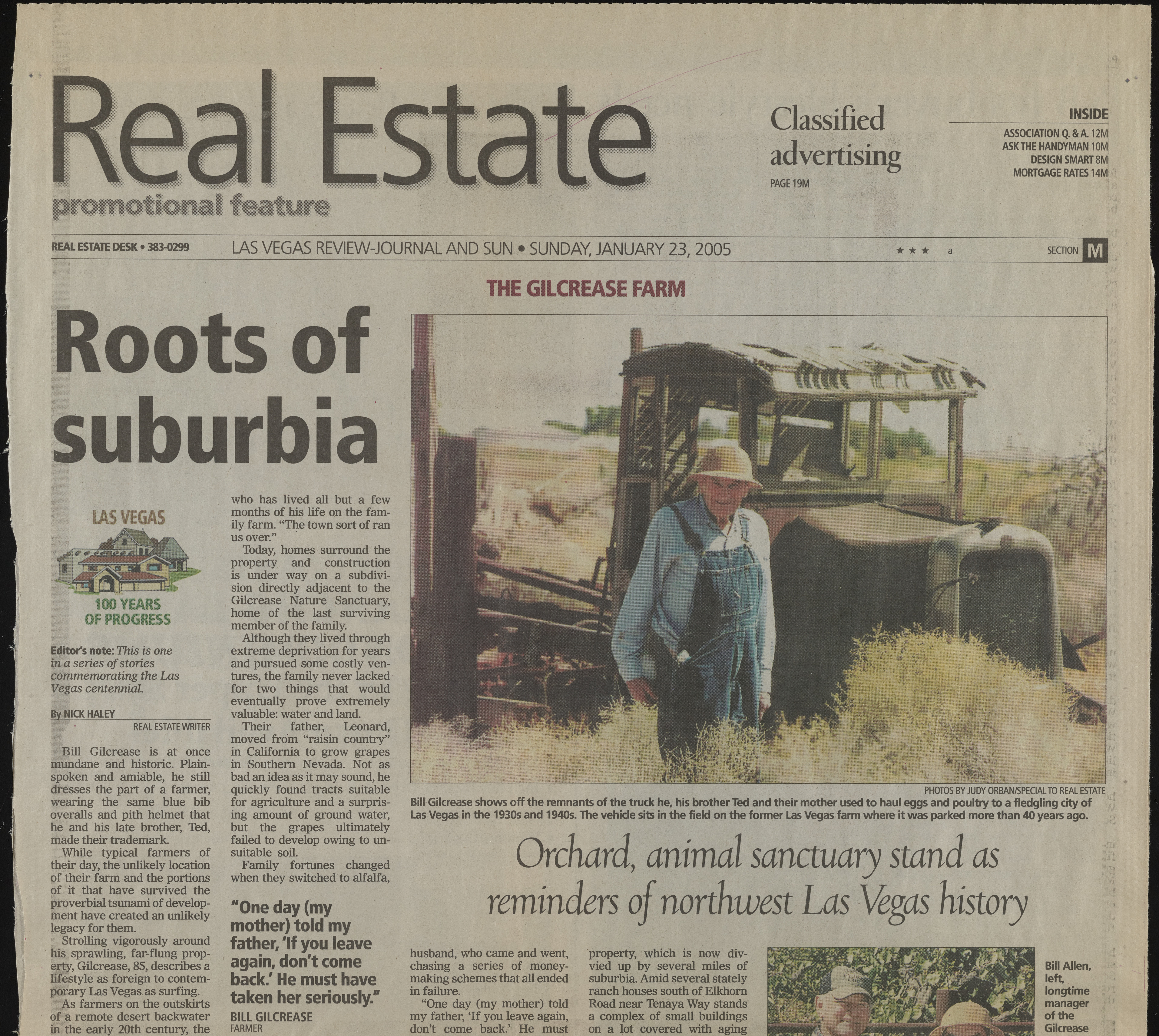Copyright & Fair-use Agreement
UNLV Special Collections provides copies of materials to facilitate private study, scholarship, or research. Material not in the public domain may be used according to fair use of copyrighted materials as defined by copyright law. Please cite us.
Please note that UNLV may not own the copyright to these materials and cannot provide permission to publish or distribute materials when UNLV is not the copyright holder. The user is solely responsible for determining the copyright status of materials and obtaining permission to use material from the copyright holder and for determining whether any permissions relating to any other rights are necessary for the intended use, and for obtaining all required permissions beyond that allowed by fair use.
Read more about our reproduction and use policy.
I agree.Information
Digital ID
Permalink
Details
Member of
More Info
Rights
Digital Provenance
Publisher
Transcription
Classified PA G E19M INSIDE ASSOCIATION Q .& A. 12M ASK THE HANDYMAN 10M DESIGN SMART 8M MORTGAGE RATES 14M REAL e s ta te p e s k »383-0299 LAS VEGAS REVIEW-JOURNAL AND SUN • SUNDAY: JANUARY 23, 2005 ? ? ? a SECTION Roots of suburbia LAS VEGAS tOO YEARS OF PROGRESS Editor's note: This is one in a series of stories Commemorating the Las Vegas centennial By NICK HALEY REAL ESTATE WRITER ’ Bill Gilcrease is at once mundane and historic. Plain-spoken and amiable, he still dresses the part of a farmer, Wearing the same blue bib overalls and pith helmet that lie and his late brother, Ted, made their trademark. While typical farmers of their day, the unlikely location pf their farm and the portions of it that have survived the proverbial tsunami of development have created an unlikely legacy for them. ; Strolling vigorously around his sprawling, far-flung property, Gilcrease, 85, describes a lifestyle as foreign to contemporary Las Vegas as surfing. ^A s farmers on the outskirts of a remote desert backwater ini the early 20th century, the who has lived all but a few months of his life on the family farm. “The town sort of ran us over.” Today, homes surround the property and construction is under way on a subdivision directly adjacent to the Gilcrease Nature Sanctuary, home of the last surviving member of the family. Although they lived through extreme deprivation for years and pursued some costly ventures, the family never lacked for two things that would eventually prove extremely valuable: water and land. Their father, Leonard, moved from “raisin country” in California to grow grapes in Southern Nevada. Not as bad an idea as it may sound, he quickly found tracts suitable for agriculture and a surprising amount of ground water, but the grapes ultimately failed to develop owing to unsuitable soil. Family fortunes changed when they switched to alfalfa, "One day (my mother) told my father. I f you leave again, don't come back/ He must have taken her seriously." BILL GILCREASE FARMER THE GILCREASE FARM PHOTOS BY JUDY ORBAN/SPECIALTO REAL ESTATE f Bill Gilcrease shows off the remnants of the truck he, his brother Ted and their mother used to haul eggs and poultry to a fledgling city of *A Las Vegas in the 1930s and 1940s. The vehicle sits in the field on the former Las Vegas farm where it was parked more than 40 years ago. Orchard, anim al sanctuary stand as reminders o f northwest Las Vegas history ? husband, who came and went, chasing a series of moneymaking schemes that all ended in failure. “One day (my mother) told my father, Tf you leave again, don’t come back.’ He must property, which is now divvied up by several miles of suburbia. Amid several stately ranch houses south of Elkhorn Road near Tenaya Way stands a complex of small buildings on a lot covered with aging Bill Allen, left, longtime manager of the Gilcrease

